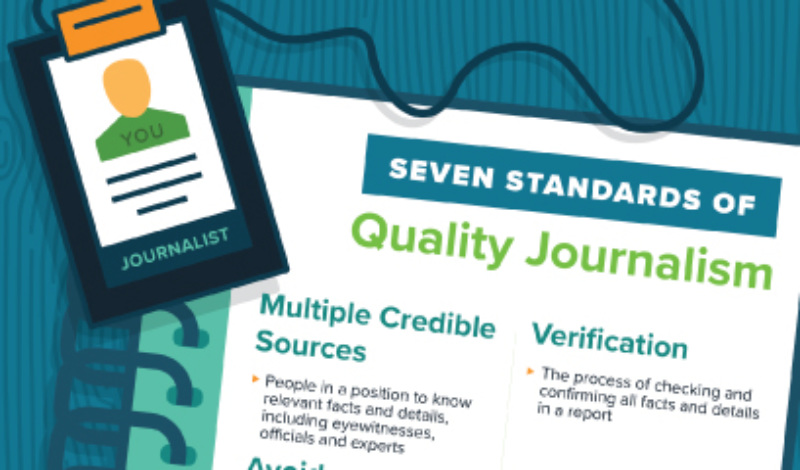
Seven standards of quality journalism
With this poster, students are introduced to seven standards of quality journalism and their descriptions.
News Goggles annotations and activities offer news literacy takeaways on timely topics. These resources feature examples of actual news coverage, including full news reports, headlines, breaking news alerts or excerpts.
This News Goggles resource originally appeared in a previous issue of The Sift newsletter for educators, which explores timely examples of misinformation, addresses journalism and press freedom topics and examines social media trends and issues. Read archives of the newsletter and subscribe here.
On Jan. 3, 2021, The Washington Post broke the news about a recorded telephone conversation between President Donald Trump and Georgia Secretary of State Brad Raffensperger, during which the president pressed Raffensperger to “‘find’ enough votes to overturn his defeat” to President-elect Joe Biden. Other news reports on the leaked recording soon followed, with news organizations such as CNN crediting the Post as being the first to break the story.
The Post’s initial reporting — labeled “exclusive” — is, by any standard, a major story, and has even been called “the scoop of the year.” In journalism, a “scoop” refers to an important news story first reported by a particular news organization or reporter(s). (Journalists call this “breaking” the story.) In this edition of News Goggles, we’re going to explore how journalists balance the desire to be first on a competitive, quickly developing story with the need for accuracy. Let’s examine the original Post report and analyze how other news organizations chased and verified this scoop. Grab your news goggles. Let’s go!
★ Featured News Goggles resource: These classroom-ready slides offer annotations, discussion questions and a teaching idea related to this topic.
Note: Information “leaked” to the press has historically played an important role in watchdog journalism to hold the powerful accountable. The New York Times published journalist Neil Sheehan’s account of how he obtained the leaked Pentagon Papers, a “blockbuster scoop” on America’s involvement in the Vietnam War. Sheehan, who died on Jan. 7, 2021, asked that the story remain unpublished while he was alive.
Related: “Trump’s phone call to Georgia was illegal, immoral or unconstitutional. Here’s how some journalists decide what to call it.” (Kelly McBride, Poynter).
Discuss: How should journalists balance speed and accuracy in reporting? Why is information sometimes “leaked” or shared with journalists? Can journalists trust the information that is leaked to them? What are some ways to fact-check or verify raw information, such as a phone recording? Why might standards-based news organizations pursue certain “scoops” over others? How is the Post’s report an example of watchdog journalism?
Idea: Ask students to put themselves in reporters’ shoes and imagine that someone had sent them a copy of the phone recording. What should they do next? Should they immediately report on the recording and release it, or should they take other steps to verify this piece of raw information? Who could they contact to make sure it is authentic? How should they determine if the source of the recording is credible? Finally, how should they decide which excerpts of the hour-long call are most important to feature in a news report to be fair and accurate?
Resources: “Practicing Quality Journalism,” “Democracy’s Watchdog,” “What is News?” and “InfoZones” (NLP’s Checkology® virtual classroom).
Have feedback about this resource? Or an idea for a future News Goggles? Please share it with us at [email protected]. You can also use this guide for a full list of News Goggles from the 2020-21 school year for easy reference.
With this poster, students are introduced to seven standards of quality journalism and their descriptions.
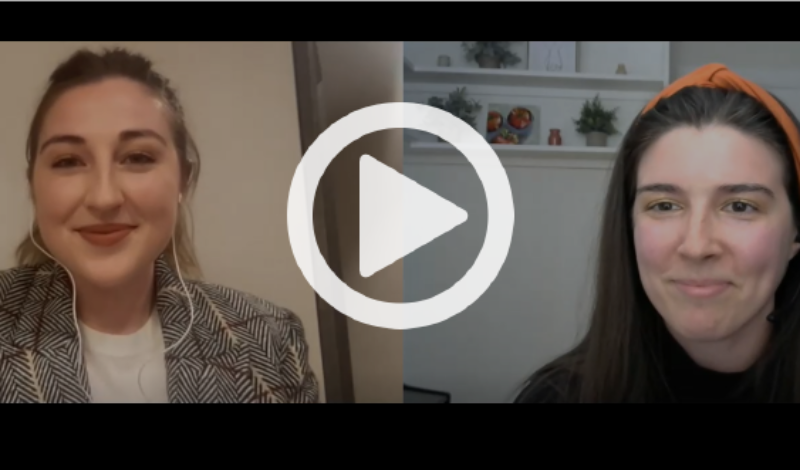

This week, we talk to Seana Davis, a journalist with the Reuters Fact Check team, about her work monitoring,
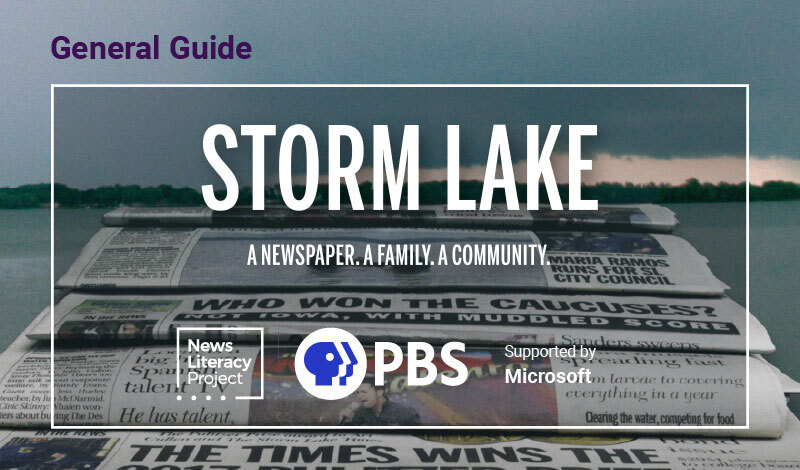

This discussion guide serves as a companion for adult learners and community members viewing the PBS documentary Storm Lake.
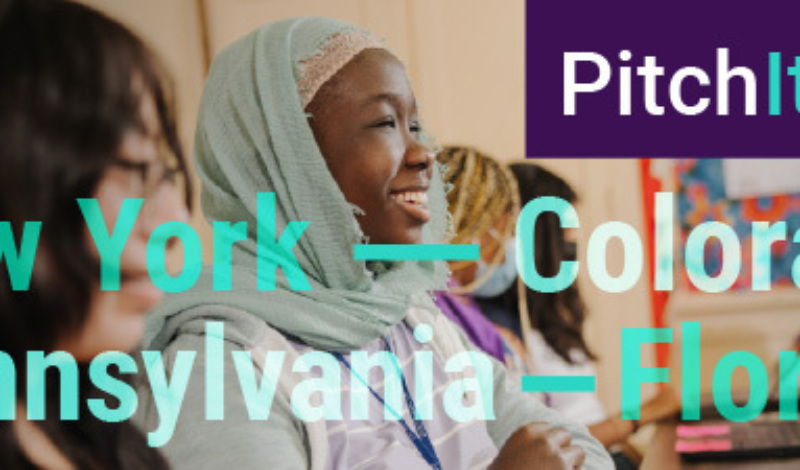

Student voices are catalysts for positive change in schools and communities. You can empower them to be well-informed and
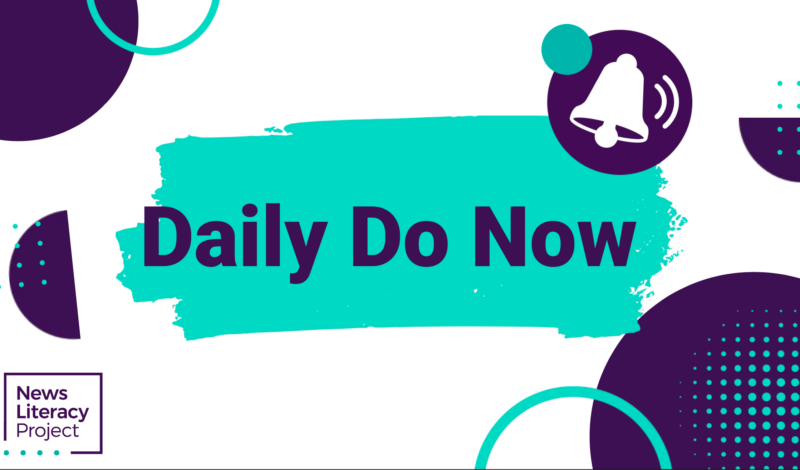

This collection of “do now” resources is an ideal way to maximize news literacy learning in the opening minutes



